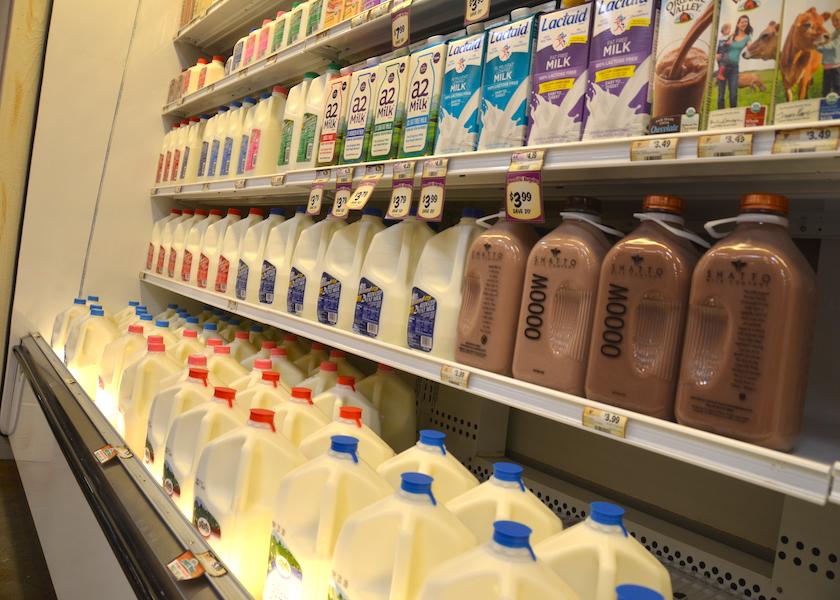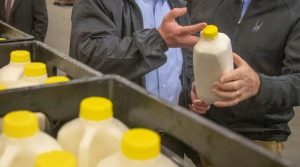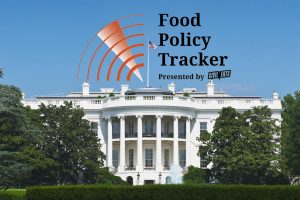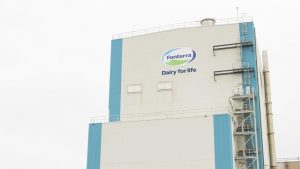
We can all recall when there was a run on retail milk resulting in store shelves being empty for periods of time. This created more of a frenzy with some hoarding taking place resulting in grocery stores having to put limits on the amount of milk that could be purchased at one time. Once the supply chain adjusted there were plentiful supplies of milk available. The result was a significant increase of packaged fluid milk sales for the months of June and July. Most consumers were eating meals at home and were purchasing nutritious products in order to improve health with milk being one of those. Cereal sales increased dramatically due to more breakfasts being consumed at home increasing milk demand through cereal consumption.
However, this did not last very long as consumers adjusted to a different lifestyle with eating habits of certain foodstuff somewhat reverting back to what they previously had been. The result was a decline of fluid milk consumption again in comparison to the previous year with the exception of December which showed an increase of 1.5% from December 2019. Total packaged fluid milk sales for 2020 were down 0.1% from 2019. This was the smallest year-over-year decline for quite a few years. It does remain a concern that even though it is a small decline, it is still a decline. That has been the pattern for some years.
Cheese demand has made up for it with steady increases seen over the years. So the decline of fluid milk consumption is not as bad as it looks for overall dairy consumption. This is likely a trend that will continue. There is more competition for alternative plant based drinks that have been growing in popularity, but that has not yet infiltrated into the cheese market to any great degree as of yet. There has been growing interest in plant based cheese, but that may take some time to gain a strong foothold.
Yogurt sales also increased significantly in 2020. Retail yogurt sales had a gain of 15% year-over-year in March due to panic buying only to return to pre-pandemic sales levels by April. Single serve packaging was king when students ate lunch in school and others worked outside of the home, but eating more meals at home has shifted purchases to larger, multiple use containers. The new normal was evident when comparing depressed unit sales with an increase in total volume. Yogurt has been an important inclusion in the Farmers to Families Food Box Program. In the regular combination box, yogurt can be paired with cheese to reach the 5-6 pounds of dairy products needed in each box. Last year, about 127.6 million food boxes had been invoiced to the USDA. Yogurt is also purchased by the USDA under other programs for distribution through food services for free or at reduced rates.
Last year certainly had been a year of challenges for the dairy industry, but the industry rose to the challenge and was able to continue to provide healthy and nutritious dairy products to consumers. Let’s hope the trend of increasing overall demand will continue.
Robin Schmahl is a commodity broker and owner of AgDairy LLC, a full-service commodity brokerage firm located in Elkhart Lake, Wisconsin. He can be reached at 877-256-3253 or through their website at www.agdairy.com.

























